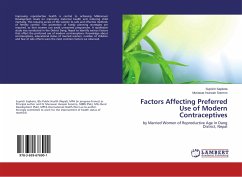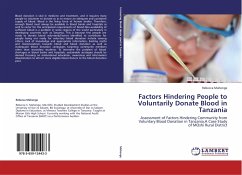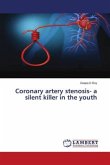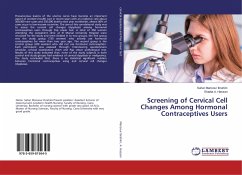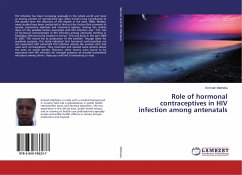Reports suggested that there has been an alarming increased in the pregnancy rate among st the youth of the Outjo district, the northwestern part of Namibia. No formal studies have been conducted that time to get a better understanding of this phenomenon,which was great concern to all stakeholders, social and health care. According to the annual report of the Outjo hospital 2009/2010, 36% of the pregnancies reported at the hospital were youth still at school (Namibian 2011). This cause negative health outcomes among the youth.Therefore a quantitative survey was conducted to assess factors hinders the use of contraception. The study population was young adults 18 to 24 years. A semi-structured validated questionnaire was utilized to collect data. Data was analyzed by using SPSS 19 software to generate frequency, percentage, mean and standard deviation. The findings can contribute and play a significant role in developing new strategies by all stakeholders including the Ministry ofHealth and Education to approach non-adhere contraceptive use among the young adult population in an innovative ways and ultimately stem the tide against the high teenage pregnancies rate in Outjo distric.
Bitte wählen Sie Ihr Anliegen aus.
Rechnungen
Retourenschein anfordern
Bestellstatus
Storno


